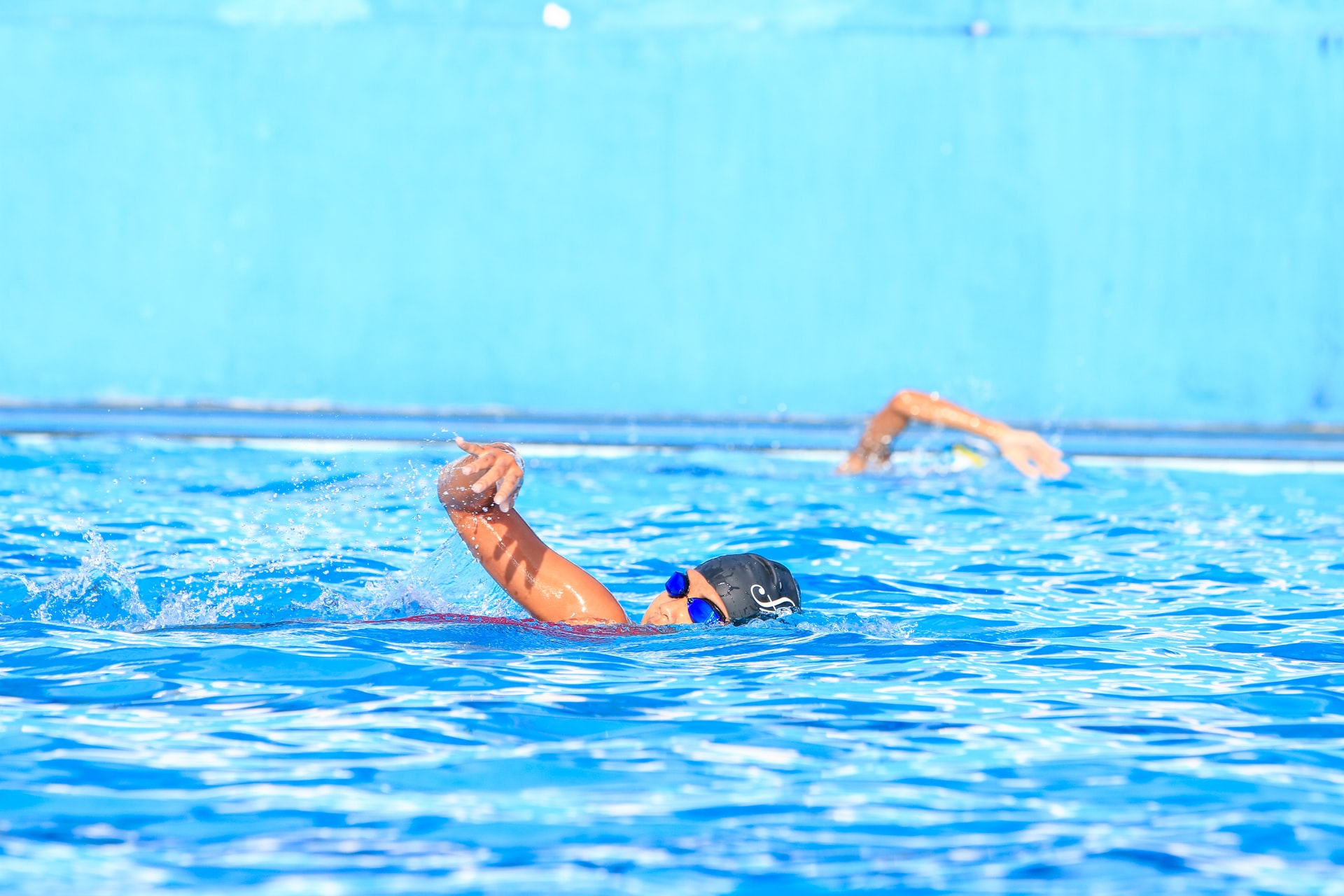Two things are essential when training adults to swim. First, individuals could feel insecure about their skills and feel embarrassed that they have not yet learned to swim. Second, people have a propensity for being overly analytical and detail-oriented, which can make learning the fundamentals difficult. Kids don’t care about the tiny details; they just want to swim, play, and have fun. Teaching children to swim is very different from this.
You have to persuade an adult that the technicalities are unimportant in order to teach them how to swim. Adult non-swimmers should instead practice floating and become comfortable in the water. Continue reading to find out how to teach adults how to swim.
Create Trust
According to U.S. Masters Swimming, building trust with an adult swim student should be your first priority. The organization, which supports adult swimming events and contests around the nation, states the obvious:
“Before getting near the water, establish trust with your student by simply asking them about their prior experiences with the water and their learning goals. Many folks who desire to take classes struggle with why they have put off doing so long. Remind them that it’s never too late to gain this crucial ability as you talk things over with them.”
In addition, Masters Swimming offers the following advice for training adults:
Be patient and compassionate: Adult novice swimmers should be allowed to learn at their own speed. You should not pressure the learner; your role is to assist and direct them.
Encourage your pupils to put on safety glasses.
To demonstrate the abilities you want to teach, enter the water with your student(s).
Use the sandwich style of criticism by first pointing out the student’s accomplishments and then providing feedback.
 Aid them in feeling secure in the water
Aid them in feeling secure in the water
Livestrong suggests that you find a calm, private setting where you may teach adults to swim.
As stated, adult beginners may feel self-conscious about their lack of swimming ability. As such, “don’t teach them alongside youngsters or in the center of a crowded pool.”
Additionally, according to Livestrong, you should teach your pupils the fundamentals of kicking in water that is shallow enough for them to touch the bottom. Once they are confident with this technique, you should next teach them how to tread water. The British newspaper The Guardian quoted swimming teacher Ian Cross as saying, “Get them to experience the buoyancy of the head.” The water should hold their head down.
Glides and Floats
According to private swim class price, teach your adult pupils how to float and glide in the water before ever attempting to teach them swim strokes.
Explain to the kids that their lungs work as a floating device by filling with air when they take a deep breath. According to Masters Swimming, the student should grasp the side and back away from the wall until they are leaning diagonally into it with their arms straight. Tell them to inhale deeply and insert their face so that only the back of their head is visible.
Back Float: Remind children that they can see their surroundings, breathe normally, and call for assistance if necessary while performing a back float. Encourage your kids to relax, hang on to the wall, and then raise from the bottom by bending their knees. The next step is for them to lay on their backs and rely on the water to sustain them. Remind pupils that breathing produces buoyancy, which enables them to float on water.
Glide: Ask pupils to hold the gutter with one hand while standing two feet from the wall and pointing their other arm in the direction of the lane. Students can glide by inhaling, submerging their face in water, and releasing the wall by crossing one hand’s fingers over the other’s.
The Swimming Technique
You can start teaching specific swim strokes once you’ve assisted the adult novice in learning to tread water, float, and glide. The least crucial aspect of providing adult swim lessons is actually teaching the swim strokes, as you might have guessed. The blog Adequate Man advises teaching the freestyle stroke first once your students have reached this stage. Teach kids the importance of breathing from both sides of their bodies.
Livestrong suggests that you permit pupils to wear life jackets while they are learning the fundamentals of swimming. Keep in mind that this is not a contest. The best course of action is to teach people at a speed that is comfortable and relaxed. The backstroke, breaststroke, and butterfly are the additional fundamental strokes that can be taught to students if they have advanced enough. Encourage students to take off their life jackets once they are at ease so they can practice the swim techniques you have taught them.



